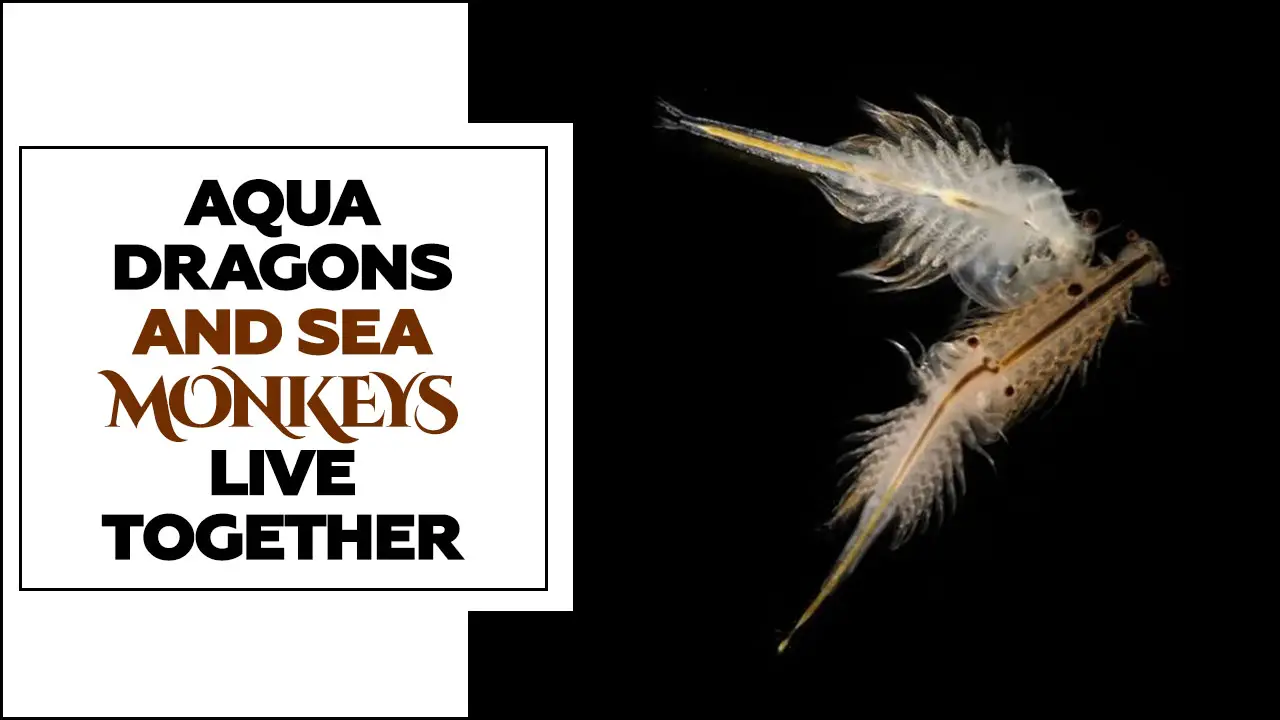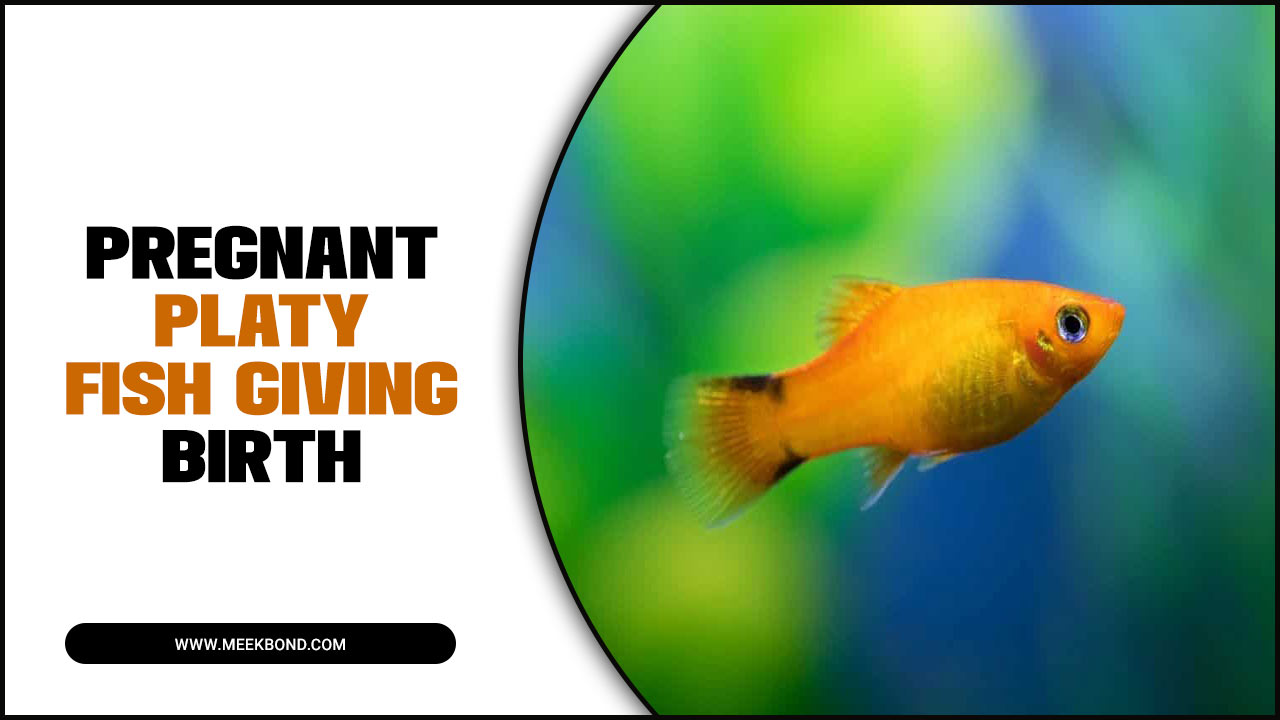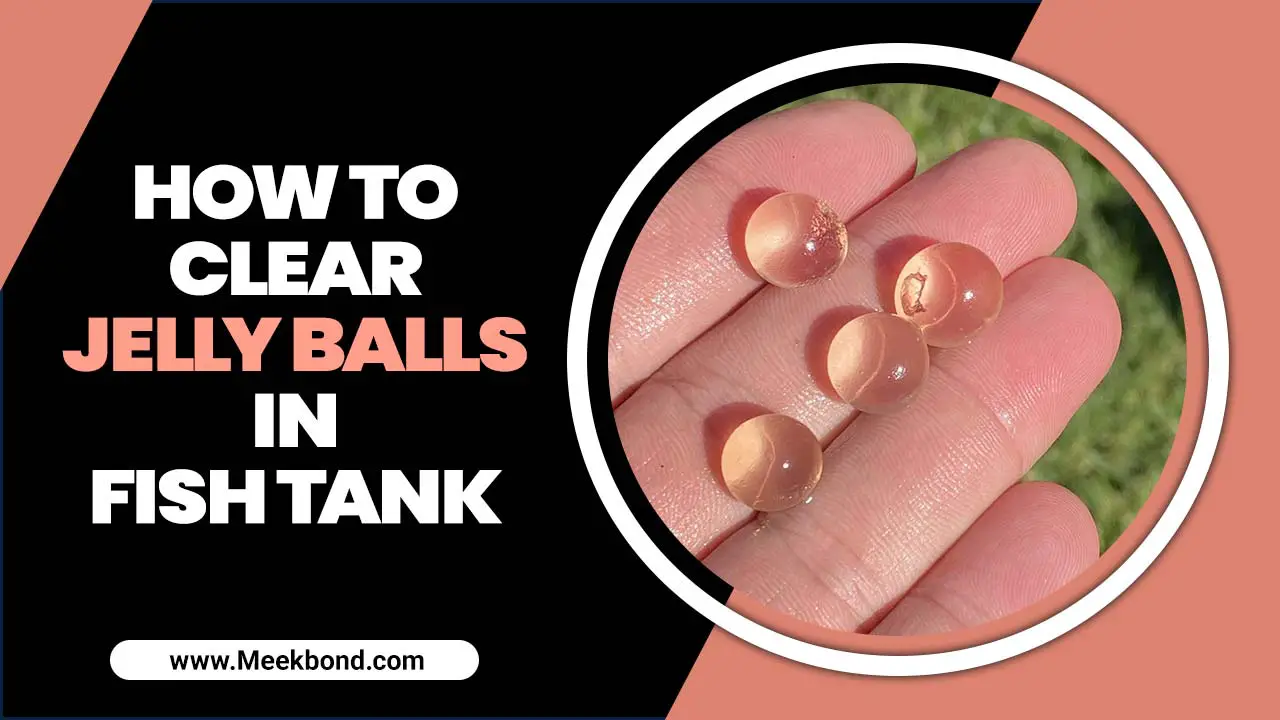Setting up a saltwater fish tank can be daunting for beginners, but with the right guidance and preparation, it can also be a rewarding and enjoyable experience.
A 55-gallon tank is a popular choice for many fish enthusiasts, as it offers enough space to house a variety of marine species while still being manageable in terms of maintenance. However, proper planning and execution are crucial to create a healthy and thriving environment for your marine pets.
Here, we will provide a step-by-step guide on how to set 55 gallon saltwater tank, covering all the essential components and considerations. From selecting the right tank and equipment to properly cycling the tank for a stable ecosystem, we will walk you through the entire process with a professional tone.
By following these guidelines, you will be well on your way to creating a beautiful and sustainable underwater world for your fish to thrive in.
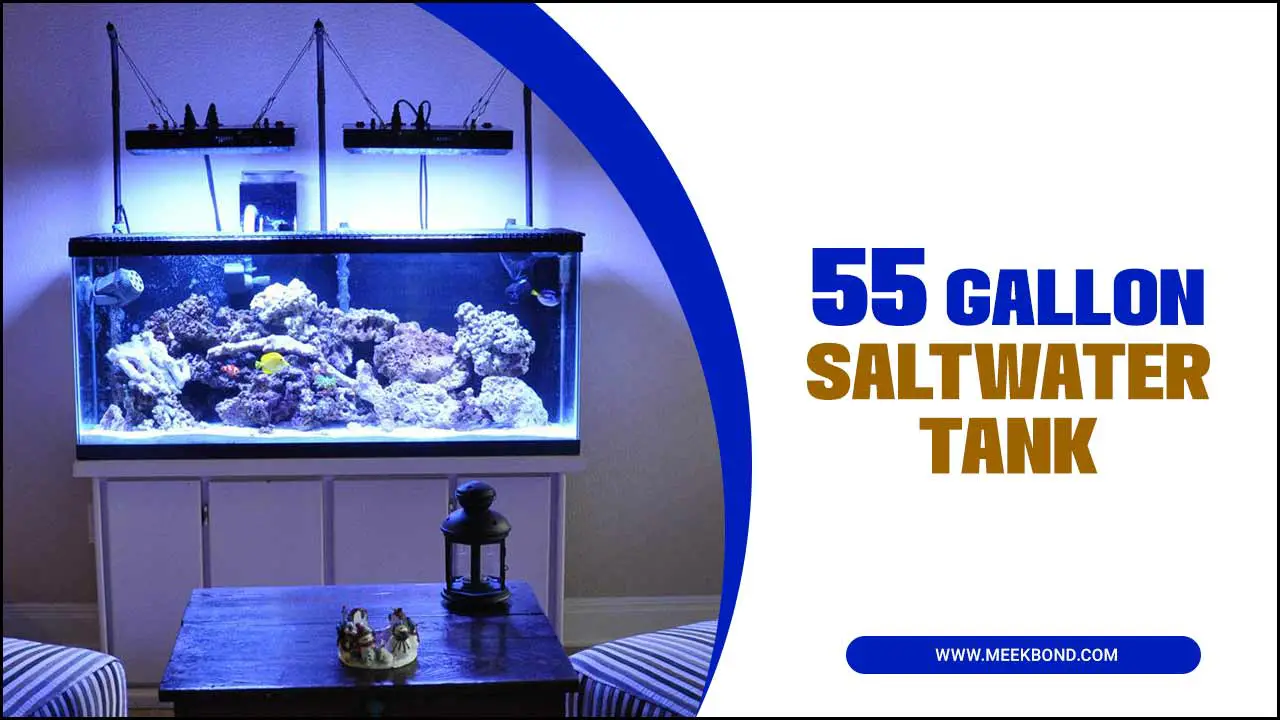
How To Set Up A 55 Gallon Saltwater Tank – Full Discussion
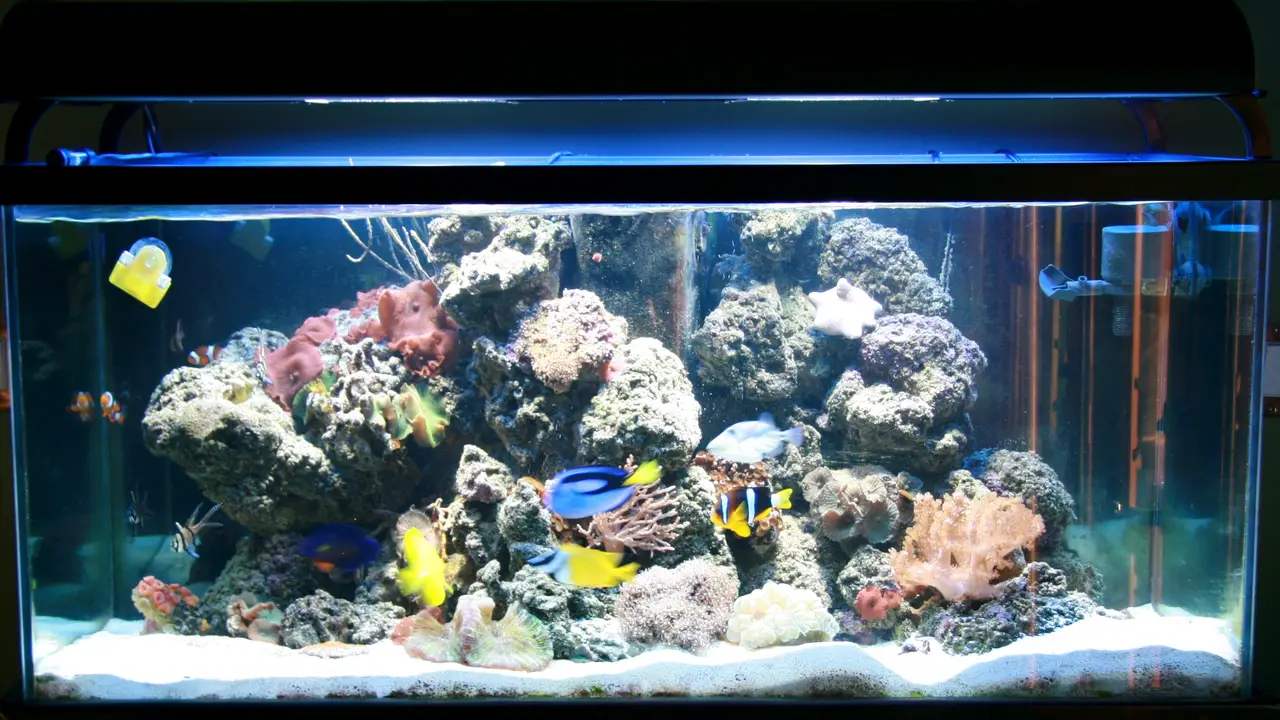
Setting up a 55 gallon saltwater tank requires careful planning and attention to detail. The first step is to determine the location for the tank, ensuring it is sturdy enough to support the tank’s weight when it is filled with water. It is also important to consider access to electrical outlets and plumbing if necessary.
Next, selecting the appropriate equipment is crucial for maintaining a healthy saltwater ecosystem. This includes a high-quality filtration system, a heater to maintain the ideal water temperature, and a powerful lighting system to support the growth of coral and other photosynthetic organisms. Here are the steps to follow:
Equipment Needed For A 55-Gallon Tank
To set up a 55-gallon saltwater tank , remember a few key considerations. you must carefully select and acclimate the right combination of fish, corals, and invertebrates to ensure a harmonious and thriving ecosystem.
Regular water testing and maintenance, such as water changes and proper nutrient management, will also be necessary to keep the tank healthy and stable. With proper planning and attention to detail, you will need the following equipment:
- Aquarium: A 55-gallon glass or acrylic tank.
- Stand: A sturdy stand that supports the tank’s weight when filled with water.
- Lighting: A suitable lighting system to provide the necessary light spectrum for corals and other photosynthetic organisms.
- Filtration System: A quality filtration system that includes a protein skimmer, powerheads for water movement, and a sump or canister filter.
- Heater: A reliable heater to maintain the desired temperature range for saltwater fish and invertebrates.
- Thermometer: An accurate thermometer to monitor the water temperature.
- Substrate: A suitable substrate, such as live sand or crushed coral, for the bottom of the tank.
- Live Rock: Live rock is the biological filtration system and provides a natural habitat for various marine organisms.
Choosing The Right Location For Your Tank
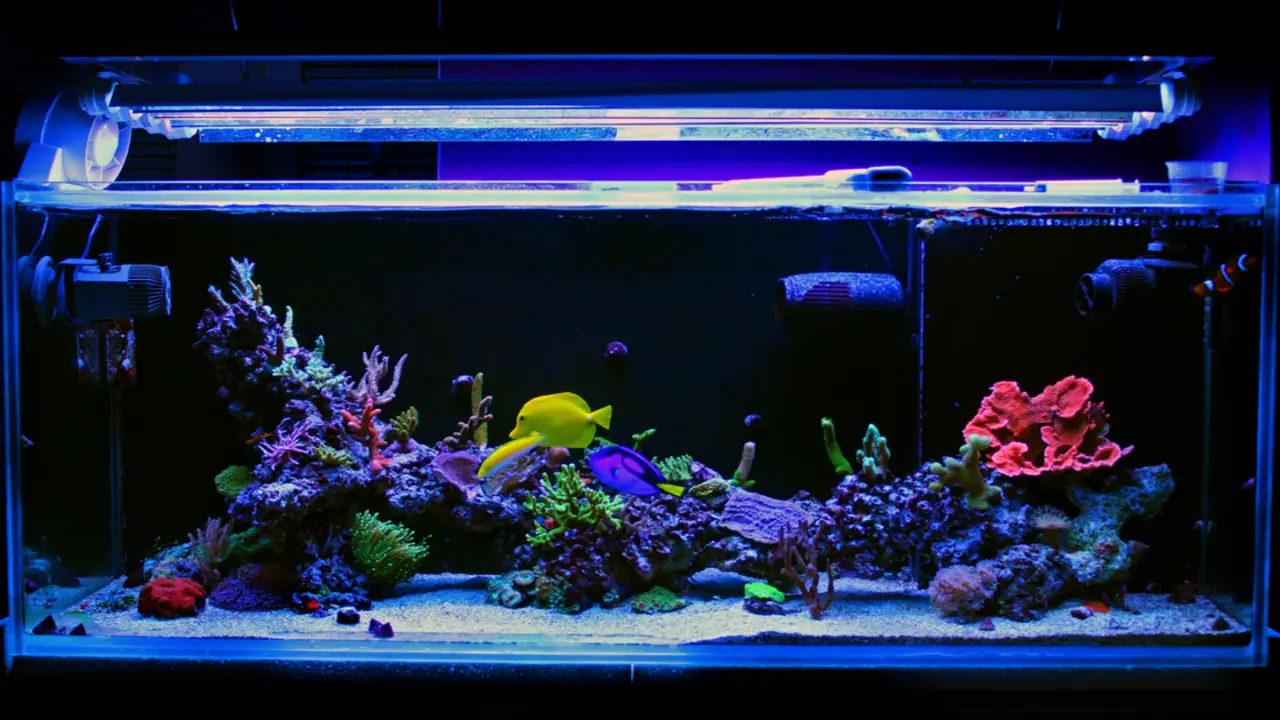
Choosing the right location for your 55-gallon saltwater tank is crucial for the health and well-being of your aquatic environment. You will want to consider factors such as proximity to natural light, electrical outlets, and accessibility for maintenance. Placing your tank near a window can provide natural light for your corals and enhance the overall aesthetic appeal of your tank.
However, it is important to ensure that the tank is not exposed to direct sunlight for long periods, as this can cause excessive heat and light intensity, leading to algae growth and temperature fluctuations. Additionally, having easy access to electrical outlets is essential for setting up equipment such as heaters, filters, and lighting systems. Here are some important considerations to keep in mind:
- Stability: Ensure that the location you choose is stable and can support the weight of a filled tank. A 55-gallon tank can weigh over 600 pounds, so placing it on a sturdy, level surface is important.
- Accessibility: Select a location that allows easy access to all sides of the tank for maintenance, cleaning, and feeding. This will make it easier for you to care for your tank and its inhabitants.
- Lighting: Avoid placing your tank near direct sunlight or areas with excessive artificial lighting. Excessive light can lead to algae growth and temperature fluctuations, harming your saltwater ecosystem.
- Temperature control: Choose a location with stable room temperature. Avoid placing the tank near heating or cooling vents, as sudden temperature fluctuations can stress your tank’s
Setting Up The Aquarium: Tank, Stand, And Filtration System
It is essential to carefully select the appropriate salt mix and additives to create the ideal salinity and chemical balance within the tank. Proper research and understanding of the specific needs of the chosen marine species will also play a crucial role in the tank’s success. With the right planning and attention to detail, a 55-gallon saltwater tank can be, you will need the following:
- Tank: Start by choosing a suitable 55-gallon aquarium. Ensure that it is made of glass or acrylic and has a sturdy construction to support the weight of the water and equipment.
- Stand: Select a stand specifically designed for a 55-gallon aquarium. It should be strong, stable, and capable of supporting the weight of the filled tank. Make sure it is level to prevent any stress on the tank.
- Filtration system: You will need a reliable filtration system for a saltwater tank to maintain water quality. Consider using a combination of mechanical, chemical, and biological filtration methods. Some options include a hang-on-back filter, canister filter, protein skimmer, and live rock for natural filtration.
Additionally, you must consider other essential equipment, such as a heater to maintain the proper temperature and a thermometer to monitor the water temperature.
Understanding Water Parameters And How To Maintain Them
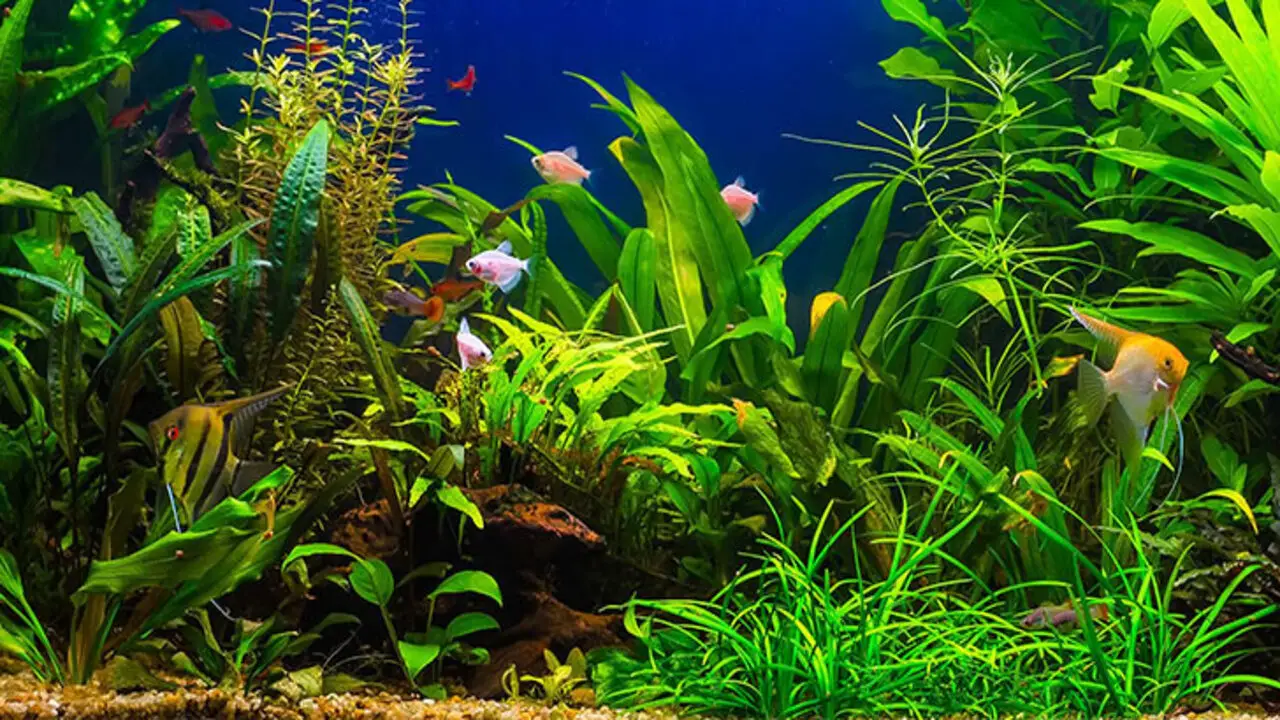
Understanding water parameters and how to maintain them is crucial for keeping a healthy 55-gallon saltwater tank. One of the key factors to consider is the salinity level of the water.
Saltwater tanks require a specific salinity range, usually measured in parts per thousand (ppt). It is important to regularly test the water using a hydrometer or a refractometer to ensure that the salinity remains within the optimal range for marine life. Here are some key points to consider:
- Temperature: Maintaining a consistent water temperature in your saltwater tank is important, ideally between 74-78°F (23-26°C). Use a reliable aquarium heater and monitor the temperature regularly.
- Salinity: Saltwater tanks require a specific salinity level, usually measured in parts per thousand (ppt). It is recommended to maintain a salinity level between 1.024 and 1.026 ppt. Use a refractometer or hydrometer to measure salinity accurately.
- pH Level: The ideal pH range for a saltwater tank is typically between 8.1 and 8.4. Regularly test the pH level using a reliable test kit and make adjustments if necessary using aquarium buffers or additives.
Cycling Your Tank For A Healthy Environment
Cycling your 55-gallon saltwater tank is essential for creating a healthy environment for your marine creatures. It refers to establishing beneficial bacteria in the tank that help break down harmful substances, such as ammonia and nitrite, into less toxic forms. This process usually takes about 4-6 weeks.
To cycle your tank, you will need a source of ammonia, such as fish food or pure ammonia, to provide food for the beneficial bacteria. Start by adding a small amount of ammonia to the tank, following the instructions on the product carefully. Monitor the ammonia, nitrite, and nitrate levels using a test kit.
During the cycling process, you may observe an increase in ammonia levels, followed by a rise in nitrite levels. This is normal and indicates that the beneficial bacteria convert ammonia into nitrite. Eventually, you will notice a decrease in nitrite levels and the appearance of nitrates, indicating that the tank is fully cycled.
Introducing And Acclimating Fish To The Tank
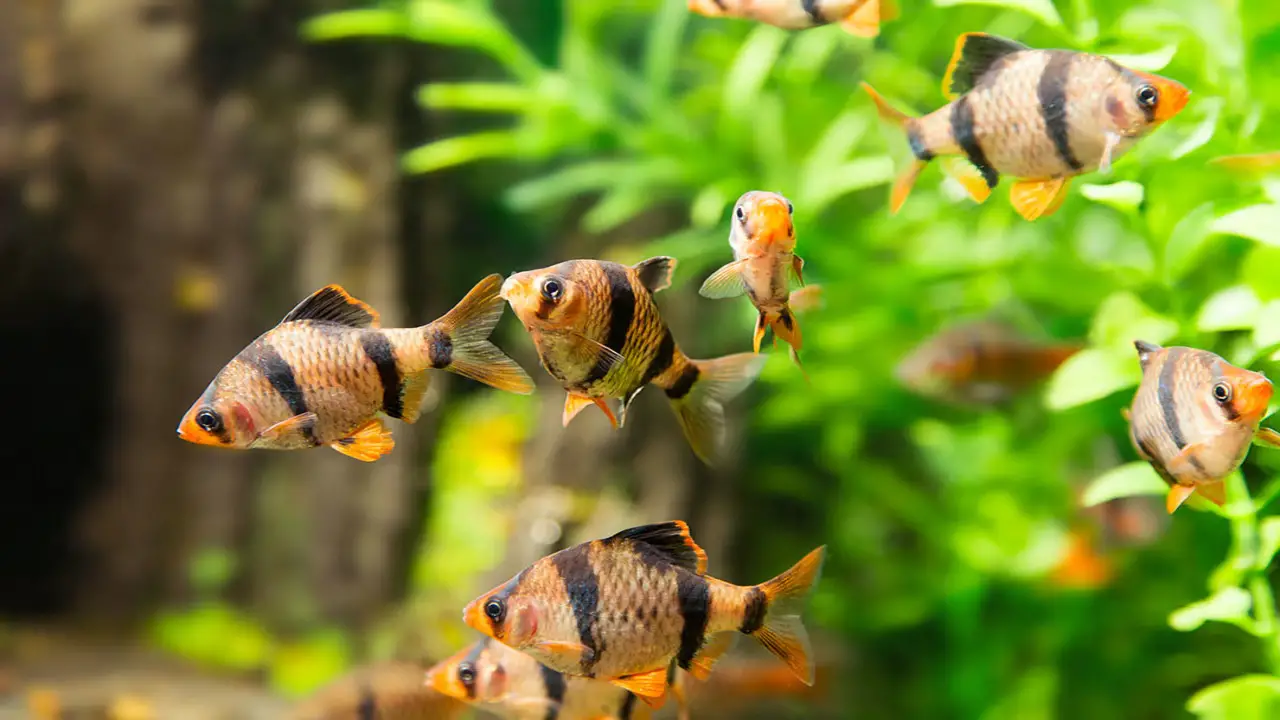
Introducing and acclimating fish to a 55-gallon saltwater tank is an important process to ensure the health and well-being of your new aquatic pets. Before adding any fish to your 55-gallon saltwater tank, it is crucial to acclimate them to their new environment properly.
This process helps the fish adjust to the water conditions in the tank and minimizes the stress they may experience. To begin, float the fish, still in their bag, on the surface of the tank water for about 15-20 minutes. Here are some steps to follow:
- Quarantine: It is recommended to quarantine new fish before introducing them to your main tank. This helps prevent the spread of diseases or parasites to your fish population.
- Tank Preparation: Ensure your saltwater tank is properly set up and cycled before adding fish. The water parameters should be stable, including temperature, salinity, and pH levels.
- Acclimation: To acclimate the fish to their new environment, you must float the bag containing the fish in the tank for about 15-20 minutes. This helps the temperature in the bag to adjust slowly to match the tank water temperature.
- Drip Method: After floating, you can open the bag and start a drip acclimation process.
Feeding And Caring For Your Fish
Proper care and feeding for your fish in a 55-gallon saltwater tank is crucial for their health and well-being. Not only does the size of a 55-gallon tank provide ample space for various fish species, but it also allows for a more stable and balanced ecosystem.
When setting up your saltwater tank, it is important to consider factors such as filtration, lighting, and water quality. A high-quality filtration system, such as a protein skimmer, is essential for removing waste and maintaining optimal water conditions. Here are some important tips to consider:
- Feeding: Choose high-quality fish food specifically formulated for saltwater fish. Offer a variety of flakes, pellets, and frozen or live foods to ensure a balanced diet. Feed your fish small amounts 2-3 times a day, only giving them what they can consume within a few minutes to prevent overfeeding.
- Water Quality: Maintain excellent water quality by regularly testing and monitoring the parameters, including temperature, salinity, pH, ammonia, nitrite, and nitrate levels. Perform routine water changes of about 10-20% every 2-4 weeks to remove accumulated waste and replenish essential minerals.
- Filtration and Circulation: Invest in a reliable filtration system suitable for a 55-gallon saltwater tank. Use a combination of mechanical, chemical, and biological
Dealing With Common Problems And Troubleshooting
Dealing with common problems and troubleshooting in a 55-gallon Saltwater Tank can be challenging, but with the right knowledge and techniques, you can maintain a healthy and thriving aquarium. Here are some common problems you may encounter and how to address them:
- High Ammonia Levels: Ammonia spikes can harm fish and other tank inhabitants. Regularly test the water parameters and perform partial water changes to keep ammonia levels in check. Additionally, ensure proper biological filtration and avoid overfeeding.
- Algae Growth: Excessive algae growth is common in saltwater tanks. To control algae, maintain proper lighting duration, limit nutrient levels through water changes and proper feeding, and consider introducing algae-eating marine animals like snails or hermit crabs.
- Temperature Fluctuations: Sudden temperature changes can stress and harm the tank’s inhabitants. Use a reliable heater and a thermometer to maintain a stable temperature.
Regular Maintenance And Cleaning Tips
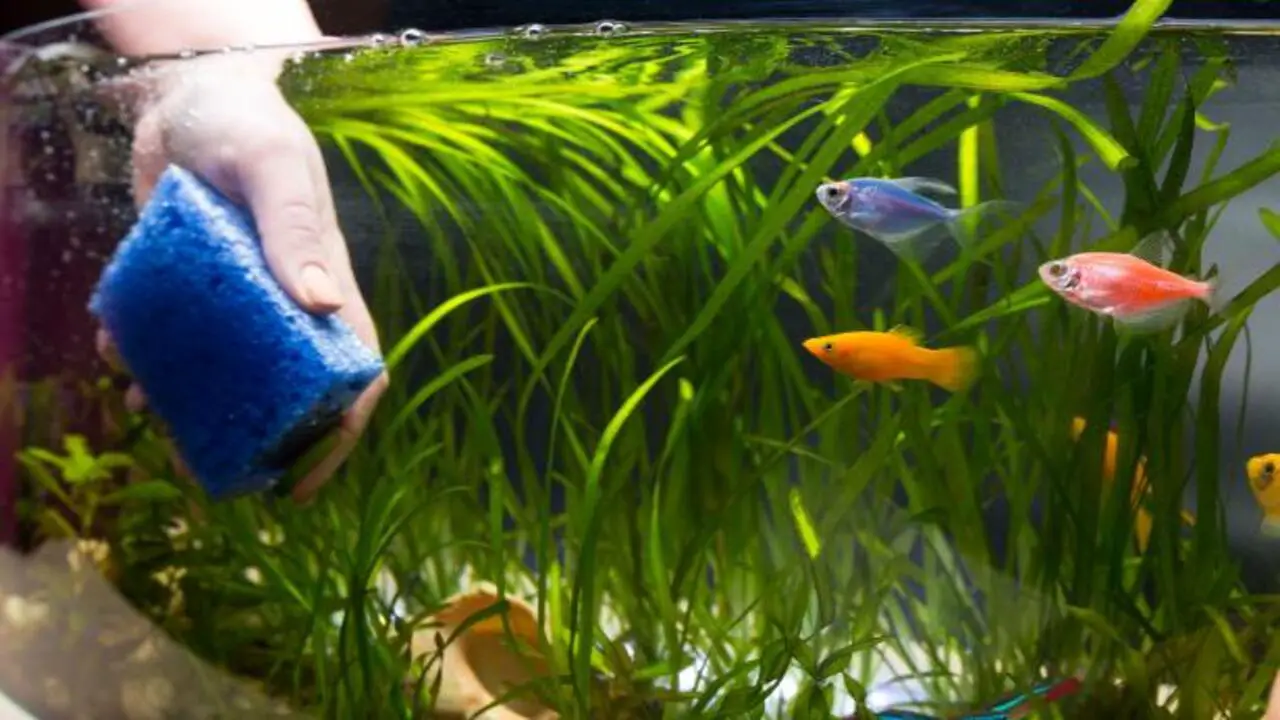
Regular maintenance and cleaning are crucial for maintaining a healthy, thriving 55-gallon saltwater tank. This ensures that the water quality remains optimal and that the tank’s inhabitants, such as corals, fish, and invertebrates, provide a suitable living environment.
Regular tasks include checking and adjusting the water parameters, such as temperature, salinity, and pH levels, and performing water changes to remove accumulated waste or excess nutrients. Here are some tips to help you maintain and clean your tank:
- Regular water changes: Perform regular water changes, typically around 10-20% of the total volume, to remove accumulated waste and replenish essential minerals and elements in the water.
- Check water parameters: Test the water parameters regularly using a reliable test kit. Monitor levels of ammonia, nitrites, nitrates, pH, and salinity to ensure they are within the appropriate range for a saltwater tank.
- Clean the glass: Use an aquarium-safe glass cleaner or a magnetic algae scraper to clean the glass surfaces of your tank. This will help maintain optimum clarity and visibility.
- Clean the substrate: Gently vacuum the substrate using a siphon to remove uneaten food, fish waste, and debris that may accumulate. Be careful not to disturb any beneficial bacteria beds.
Creating A Visually Appealing And Sustainable Tank
Creating a visually appealing and sustainable 55-gallon saltwater tank can be a rewarding and enjoyable project for aquarium enthusiasts. With its larger size, a 55-gallon saltwater tank offers ample space to accommodate diverse marine species, allowing for a vibrant and dynamic underwater ecosystem.
The tank’s capacity also allows for more stable water parameters, making it easier to maintain a balanced and healthy environment for the fish, corals, and invertebrates that inhabit it. Here are some key factors to consider:
- Tank Setup: Begin by selecting a suitable tank with a capacity of 55 gallons. Ensure it is made of glass or acrylic and has proper filtration capabilities.
- Filtration System: Invest in a high-quality filtration system that includes a protein skimmer, mechanical and biological filtration, and adequate water circulation. This will help maintain water quality and stability.
- Lighting: Choose appropriate lighting fixtures that can support the growth of corals and other photosynthetic organisms in your tank. LED lights are a popular choice as they are energy-efficient and customizable.
- Live Rock and Substrate: Use live rock as the foundation for your tank, as it provides essential biological filtration and serves as a natural habitat for marine life. Select a suitable substrate, such as fine sand or crushed coral, to create a natural-looking base.
Conclusion
Setting up a 55-gallon saltwater tank requires careful planning and attention to detail. From choosing the right tank and equipment to establishing the proper water parameters and introducing the right fish and corals, every step is crucial for the success of your tank.
It is important to choose a large tank to accommodate the desired fish and corals while also providing ample space for them to thrive. Additionally, investing in high-quality filtration systems, lighting, and heating equipment is essential to maintain a stable and healthy environment for marine life.
Following the steps outlined in this guide and regularly maintaining your tank can create a thriving marine ecosystem in your home. Remember to always research and consult with experts to ensure the health and well-being of your tank inhabitants.
FAQs:
What Equipment Is Necessary To Set Up A 55-Gallon Saltwater Tank?
To set up a 55-gallon saltwater tank, you will need essential equipment such
55-gallon aquarium,
a sturdy stand or cabinet to support the tank,
a reliable filtration system with a protein skimmer,
a heater to maintain the proper temperature,
a high-quality lighting system for corals and other marine life,
a powerhead or wavemaker for water circulation,
a hydrometer or refractometer to measure salinity levels,
live rock and sand for biological filtration,
appropriate test kits for monitoring water parameters.
How Should The Water Parameters Be Tested?
Water parameters should be tested using appropriate water testing kits or equipment. This generally involves collecting a water sample and using test strips, liquid reagents, or electronic probes to measure parameters such as pH, temperature, dissolved oxygen, ammonia, nitrate, phosphate, and other relevant factors.
What Types Of Fish And Invertebrates Are Suitable For A 55-Gallon Saltwater Tank?
Some suitable fish for a 55-gallon saltwater tank include clownfish, gobies, wrasses, and damselfish. Regarding invertebrates, options could include hermit crabs, snails, shrimp, and corals. It is important to research each species’ specific requirements and compatibility before adding them to the tank, as some may have special needs or be incompatible with each other.
Are There Any Specific Considerations Or Challenges When Setting Up A Saltwater Tank Compared To A Freshwater Tank?
Yes, there are several specific considerations and challenges when setting up a saltwater tank compared to a freshwater tank. Saltwater tanks require more equipment, such as a protein skimmer and a more powerful filtration system, to maintain water quality.
What Is The Essential Equipment?
The essential equipment can vary based on the context but generally includes items necessary to perform a specific task or achieve a desired outcome. For example, in a kitchen, essential equipment may include a stove, refrigerator, and cutting board. It may include tools such as hammers, saws, and drills in a construction setting.

Aquarium passion is all about connecting with the aquatic life and providing education to the public on the importance of these creatures. We showcase a wide variety of marine life through our exhibits as well as working with schools to provide unique learning opportunities for students of all ages.


